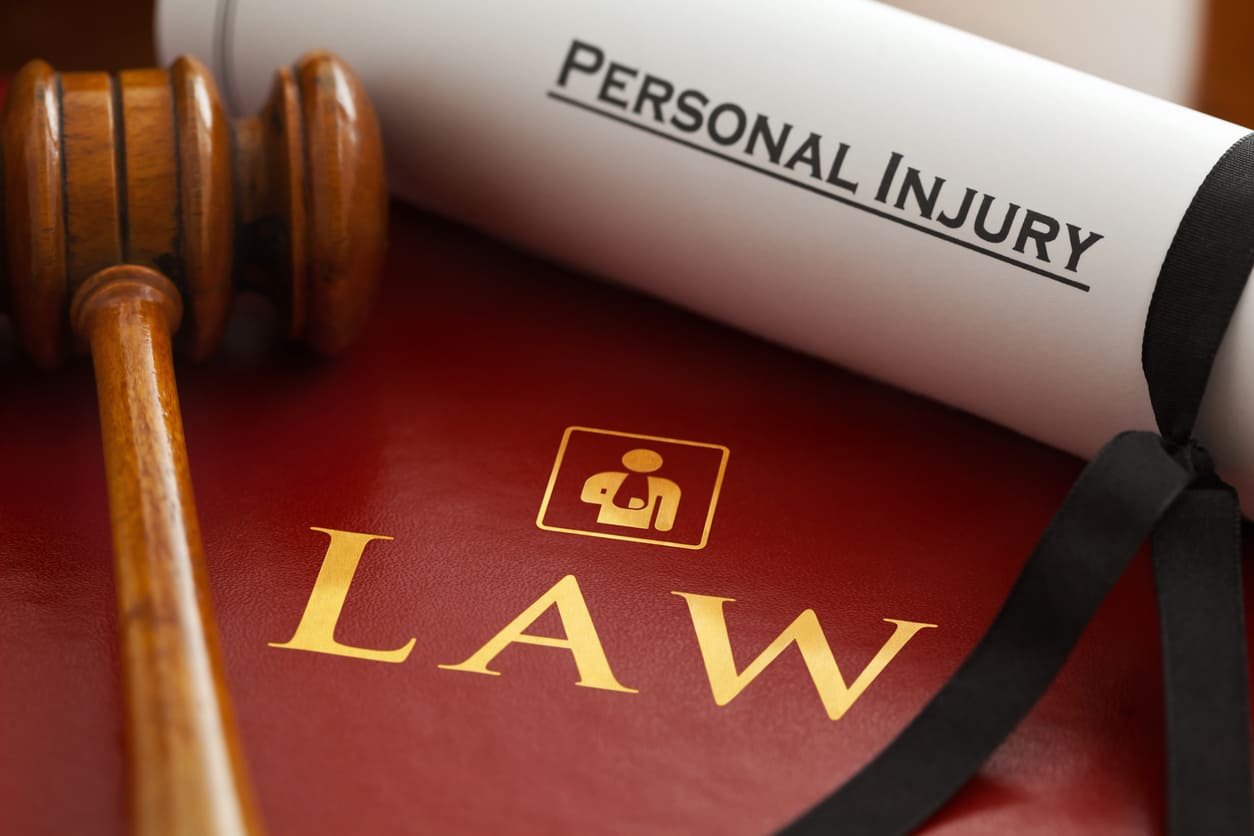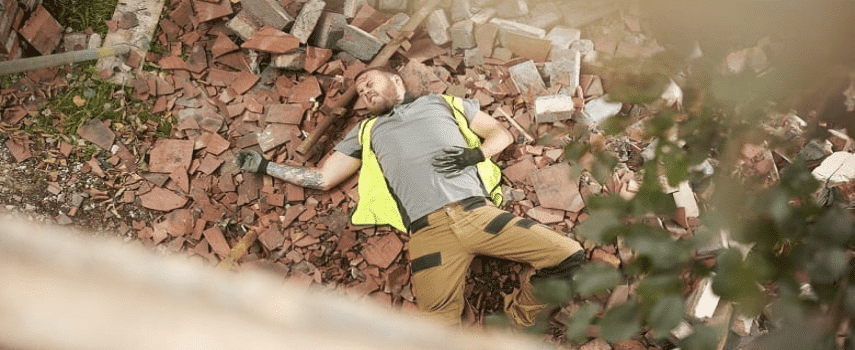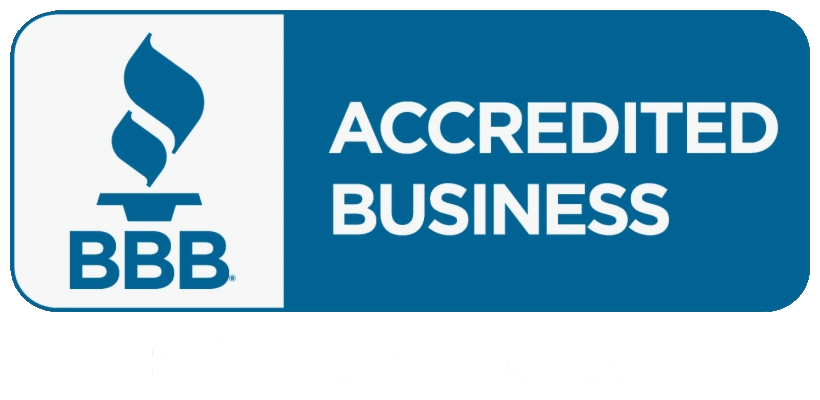What kind of lawsuit can a roof accident construction injury bring in New York? Let us consider an example. In a case of note, a roofer company performed insulation installation, which required him to work about 1 1/2 feet from the edge of the roof. During the course of the installation, the man fell approximately 40 feet from the roof. The fall caused him to sustain serious injuries. The building owner previously leased it to two other corporations. One of the lessees hired the roofing company to remove the roof of the building and install a new one.
Unsurprisingly, falls from a roof like the one this guy sustained can cause serious injuries. Here, the injured roofer sued the owner of the building and both lessees to recover damages for personal injuries. He alleged violations of the scaffold law and had a claim under common law negligence.
Who’s to Blame for the Fall From the Roof
The plaintiff moved for summary judgment on the issue of liability on the cause of action under the scaffold law.
There was evidence that a “perimeter warning system” was in place on the roof during the course of the project. Its purpose was to alert a worker when he was within 6 feet of the edge of the roof. An individual serving as a “safety monitor” was charged with watching workers. His job included verbally warning them as they neared the roof’s edge. No guardrails existed along the perimeter of the roof. Nobody provided workers with harnesses or safety lines. The lower court denied plaintiff’s motion for summary judgment. Plaintiff appealed.
The Appeal
The appellate court held that the trial court should have granted plaintiff’s motion for summary judgment under the scaffold law against all three defendants. The Court explained that plaintiff made a prima facie showing of his entitlement to judgment under the scaffold law. The plaintiff established this by demonstrating that defendants failed to provide him with safety devices to properly protect himself from the elevation-related risk. He also established that this failure proximately caused his accident. The Court also reasoned that the defendants failed to raise a triable issue of fact.
Contrary to the defendants’ contention, the Second Department held that the perimeter warning system allegedly in place at the time of plaintiff’s fall did not constitute a safety device within the meaning of the scaffold law. The Court held that the affidavit of the defendants’ expert in construction safety did not raise an issue of fact. In it, the expert opined that the perimeter warning system complied with the Occupational Safety and Health Act. It also complied with other recognized industry practices.
Defendant’s Expert

Here, the Court was not convinced by the expert’s opinion.
The Second Department ruled that the scaffold law “is a ‘self-executing statute which, contain[s] its own specific safety measures,’ the violation of which provides an independent legal basis for liability, regardless of whether there was compliance with federal regulations or general industry standards.”
Hence, since the defendants failed to raise a triable issue of fact as to the existence of a scaffold law violation or whether plaintiff’s alleged actions were the sole proximate cause of his accident, the Second Department held that the lower court should have granted the plaintiff’s motion for summary judgment on the issue of liability on the cause of action alleging a violation of Labor Law § 240(1).
Accordingly, the Second Department modified the trial’s court order and granted plaintiff’s summary judgment on the issue of liability under the scaffold law. If you know someone who has fallen from a roof, tell them to contact an experienced personal injury attorney today.




